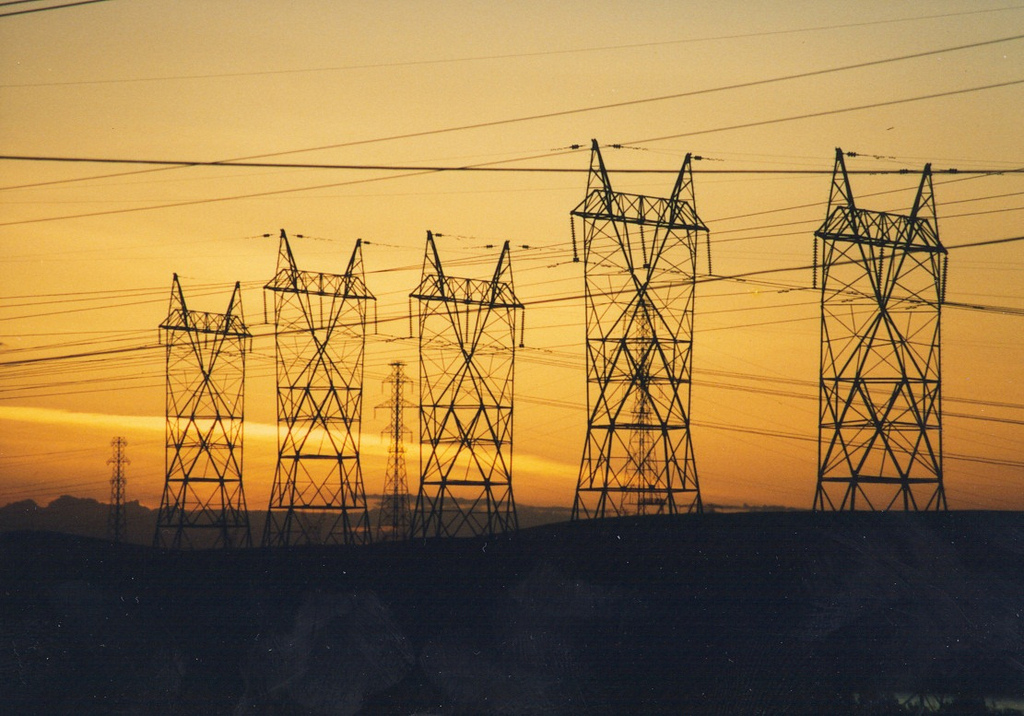Local engineer plans to end Nigeria’s power problem by harnessing lightening for electricity

Power has been a major issue for decades in Nigeria and we are yet to get a solution. Before now, the general expectation was that the privatisation and deregulation of the power sector would usher in a lasting solution to the power outage. That is however not that case.
Currently in Nigeria, the power generation has dropped to 2,662 megawatts, which is far from what a single state in the United State generates. This is poor and the resulting damage has crippled businesses over time.
We are all aware of these problems, but instead of complaining, Obayagbona Emmanuel Imafidonan, an Electrical Engineering graduate from the Institute of Management and Technology in Enugu, has chosen to find a solution.
Obayagbona Emmanuel Imafidon developed a power-generating device that, according to him “can end blackout in Nigeria”. He plans to convert lightning to electricity.
How feasible is a lightning power generator?
In this interview with The Guardian, Obayagbona details how feasible his solution is.
“I have been researching on generating constant power from thunder lightning. That is using a strike of thunder lightning to generate power that can serve Nigeria and Africa for five years and 30 days. That means that whenever thunder strikes for once, we are sure of uninterrupted power for five years and thirty days.
Thunderstorms generate a potential difference of 200 kilo-volts (KV) to 500KV between the earth’s surface and the ionosphere, with a fair weather current of about 2×10-12amperes/square-metre. In simple English, that’s enough to power a 60-watt light bulb for six months.
Obayagbona claims that his device can store up to 25 mega-volts (MV). However, it is only efficient enough to output 20% (5MV) of that for power generation. A primary concern would be how to step down the millions of volts generated for consumption. He seems to have that covered:
“The conversion zone takes one mega-volt at a time, send signals to other sensory zones which shut down other sensory zones from discharging at the same time. Now the transmission zone of the power generating plant will step down the mega-volt to whatever Nigerians need
Nigeria is generating 330,000 volts, but my device generate 5 million volts, give Nigerians their 330 KV and still have about 4,670,000 volts left as reserve.”
The reality
The challenges in Nigeria’s power sector are multi-dimensional and currently, there is a backlog of several issues from the past. Just last year, the country suffered a nationwide blackout as the national grid totally collapsed on March 31, 2016
In finding a lasting solution, a few more questions arise. Does the solution to Nigeria’s power problems really lie in finding more ways for sourcing energy? Is it rather a problem of distribution or maintenance? How much of the deregulation of the power sector has been done? Are we fully utilising the current sources of energy in the first place? Is it a matter of policies? Are we our own problem(If you know what I mean)?
Innovative as Obayagbona’s solution is, if he is going to pull it off, key stakeholders in the power sector will have to play a significant role. The government needs to find a way to ascertain feasibility by encouraging him with funding for research. The NSE (Nigeria Society of Engineers) needs to rally round one of their own to see this project to fruition as well. Because if we can find a solution to the lingering problem of power, Nigeria will be better for it
Share your thoughts; I would like to know your views. How much electricity do you get daily? Drop your comments below.





0 comments